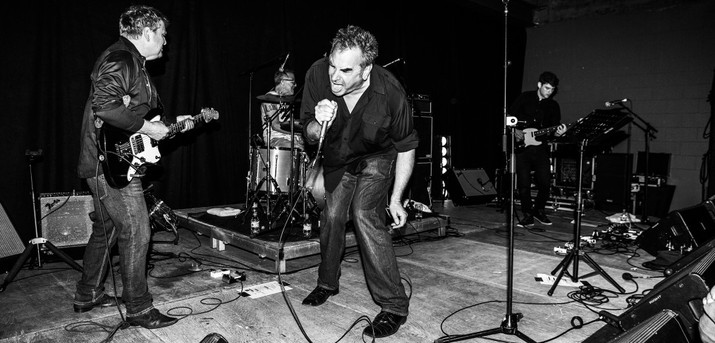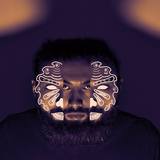
The Pop Group
40 years of Y now: an interesting trip of four decades for an album that hasn’t aged at all, it still feels fresh and focused. What are your fondest memories from that time when you were composing this LP, back in 1979?
My favorite memories are from sitting on the floor of the studio, at Ridge Farm Studios, in the deepest countryside. We were playing children's instruments and toys, with the rest of the boys from the band.
We were 18 years then
Thru the darkest night
As the new reality dawned
Our tunes from the
Y album have evolved over a period of a couple of years. From when we first started up to then in 1979, the songs have mutated at rehearsals and gigs and then gestated again in the studio. We put different heads on other bodies, like the New York Dolls song, Frankenstein.
How would you describe the experience of working with dub/reggae master producer Dennis Bovell? How did you meet, were you listening to his band Matumbi in Bristol?
I actually heard his work as a producer from the start. The dub Dennis did of a tune called Feel like Making Love by Elisabeth Archer and the Equators had blown my mind. I was always a big dubhead from my very early teens and have been following Jamaican soundsystems. I was seeing people like The Revolutionaries and U-Roy at an amazing space in Bristol called the Bamboo Club. I really wanted to crash dub technics with our bands ideas. Juxtaposing is always in my life. I have been working with Dennis recently too, he is such an artist, a true human portal.
Can we talk about the way Dub music was being heard in Bristol in the seventies?
I was hearing it at soundsystems and late night blues dances. Shabeens is the mostly Caribbean neighbourhood of St. Pauls, and that is where my mother grew up. I would go there often.
How do you feel collages express best the DIY and punk/post-punk ethos?
The Cut and Paste Merz works of Kurt Schwitters and John Herfeld’s photo montages in the Second World War were brilliant. John Hertfeld, I believe, did the most amazing photomontages of the 20th Century.
Jamie Reeds appropriation of the Situationist detournement by putting safety pins through the Queens nose, on the other hand, was a classic provocation. But to box this kind of praxis into a certain historical era could commodify it. I believe we should throw these tropes forward into the future.
Obviously, Peter Kennard, my favorite contemporary British artist, who we worked with at the Campaign for Nuclear Disarmament and recently, Banksy, who asked us to play at his Dismaland Bemusement park. Dismaland was a great choc-a-bloc with engaged and enraged artists from all across the world.
My mates Massive Attack work with very cool radical visuals too. I would define them totally as post-punk/post-everything, in this age of statement aesthetics. But personally, the only time I would like to be put it any kind of box, is after my postmodern post-mortem!
The end of certainty
The luxury of shame
The return of history!



